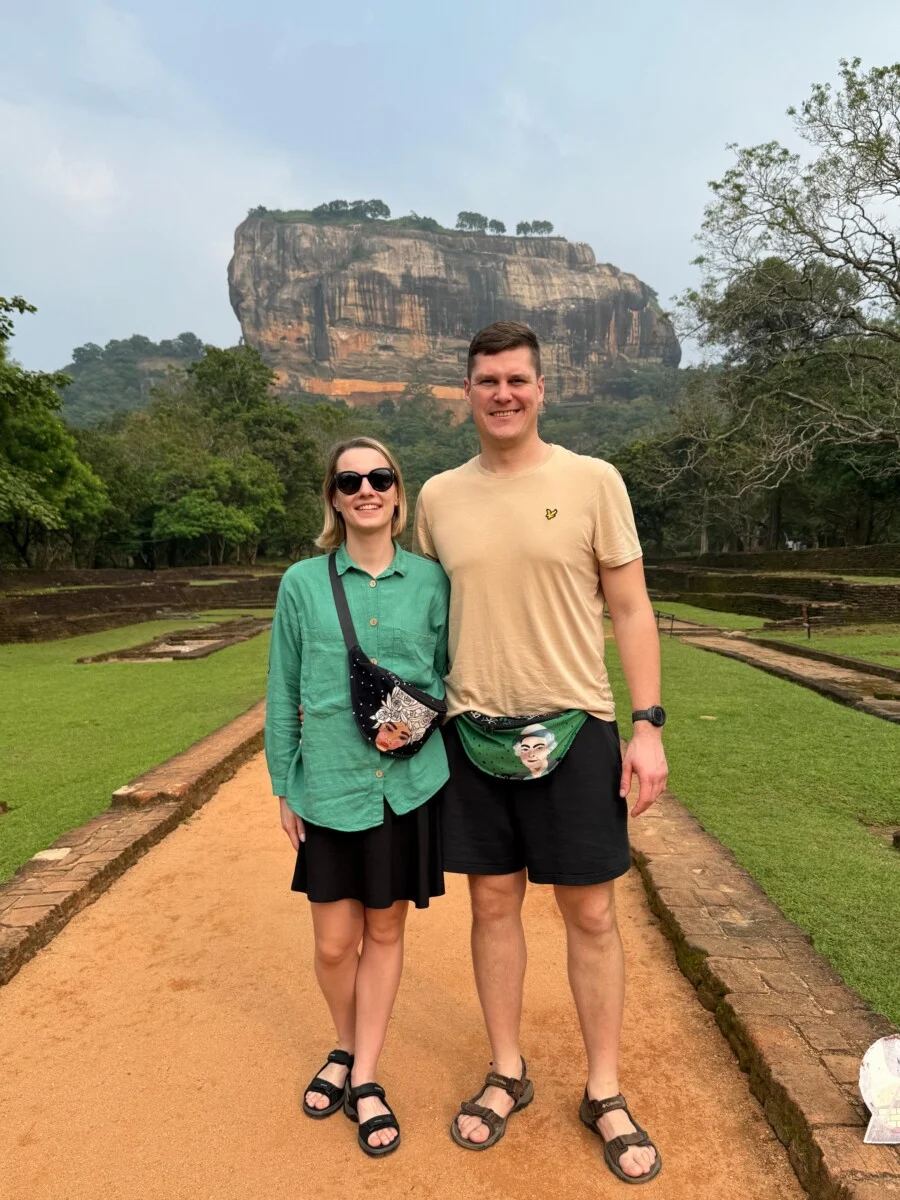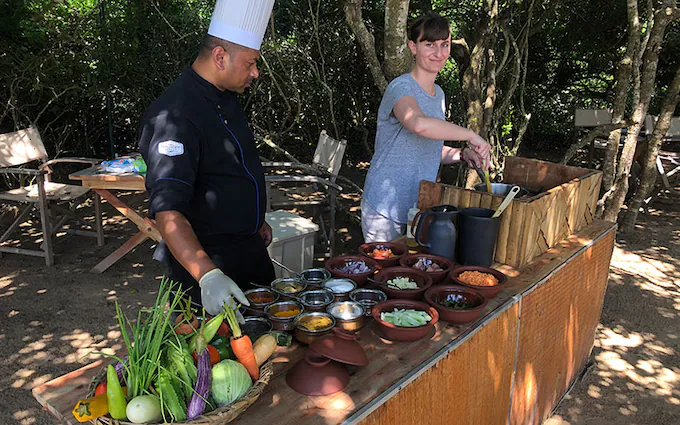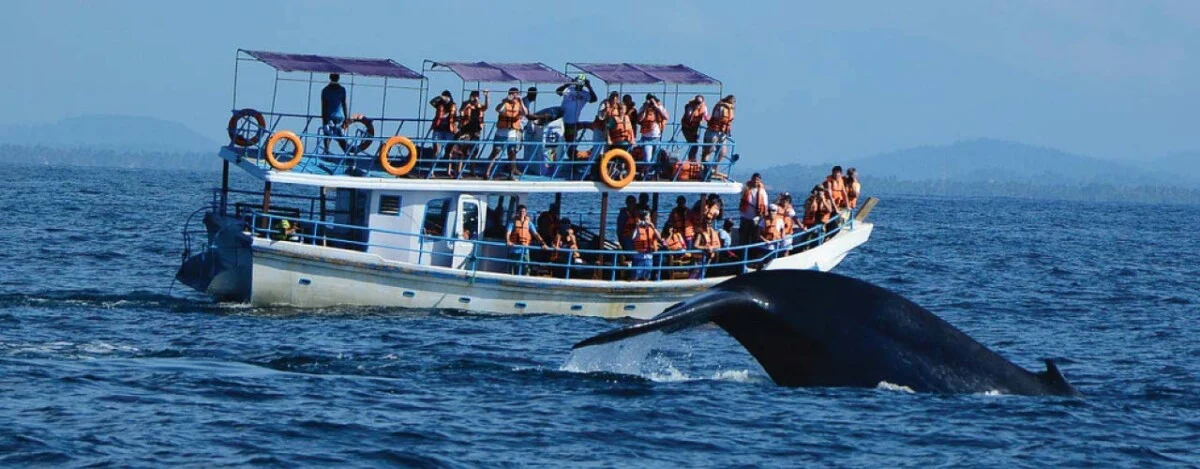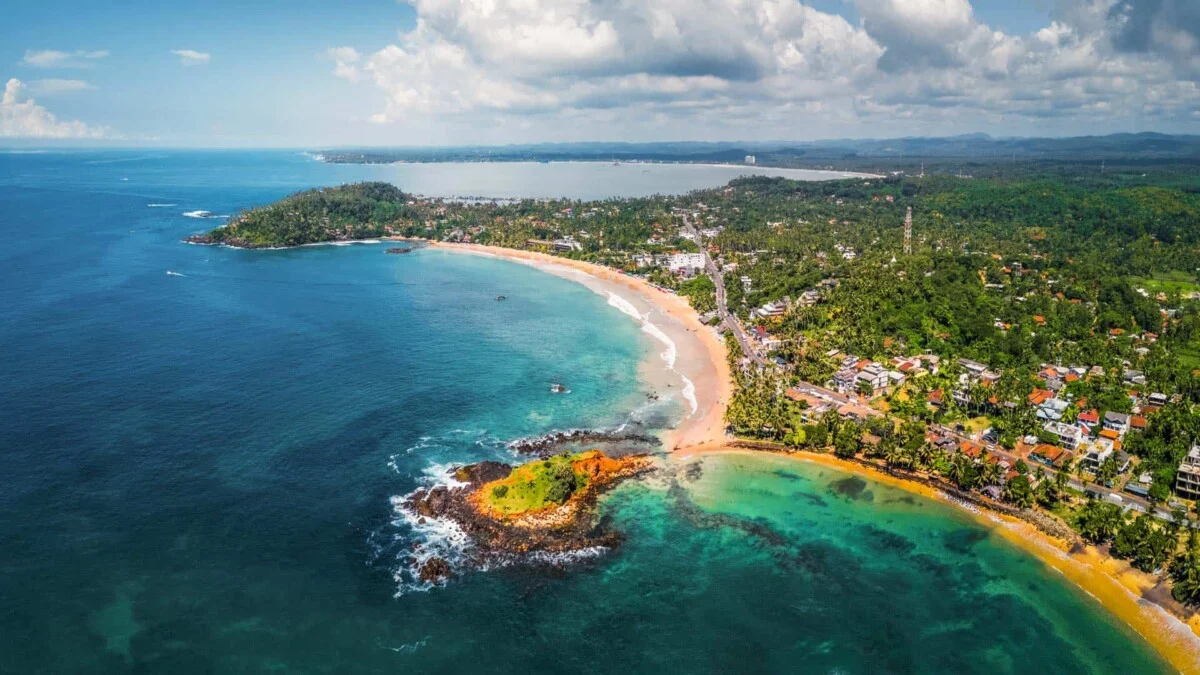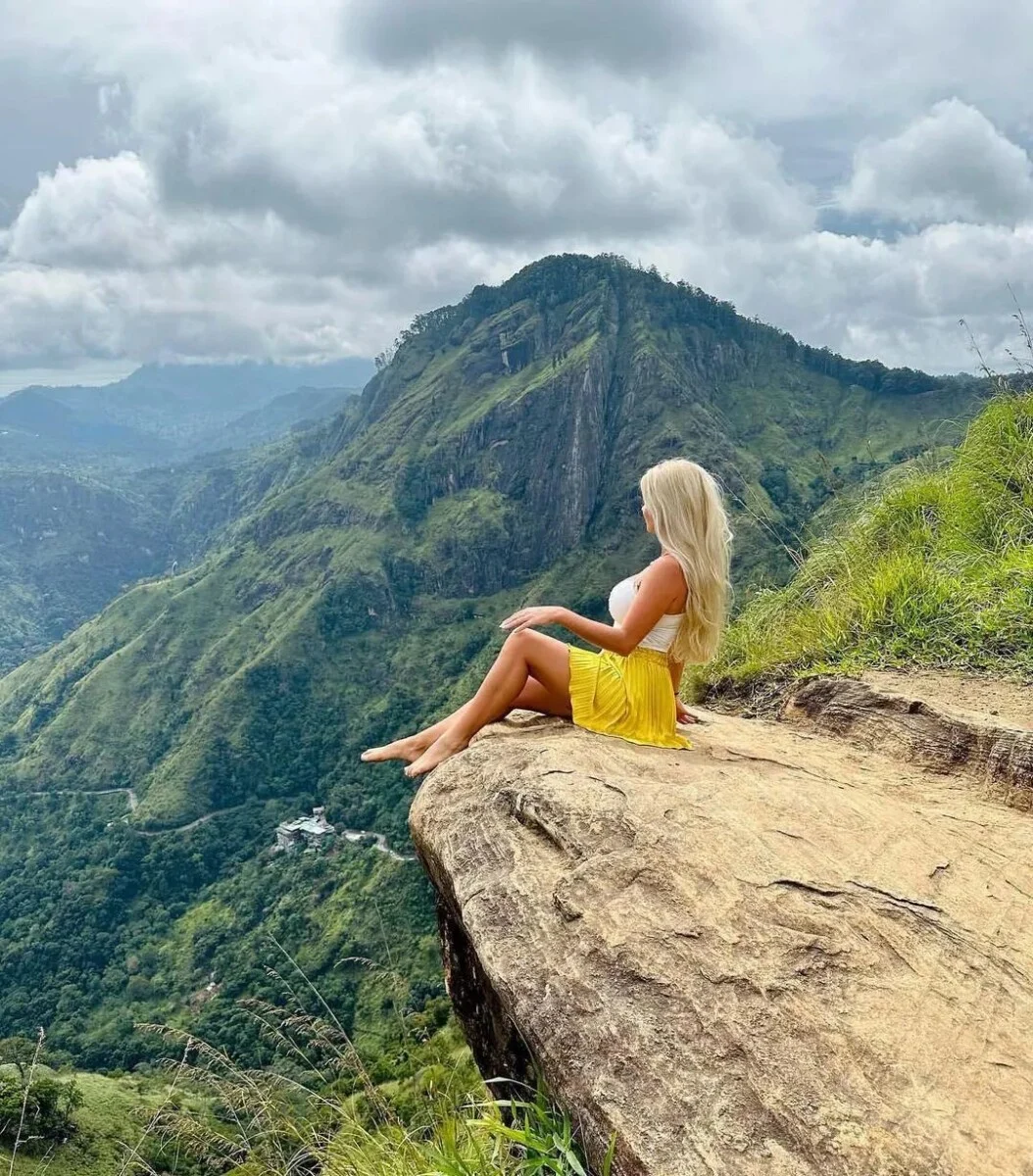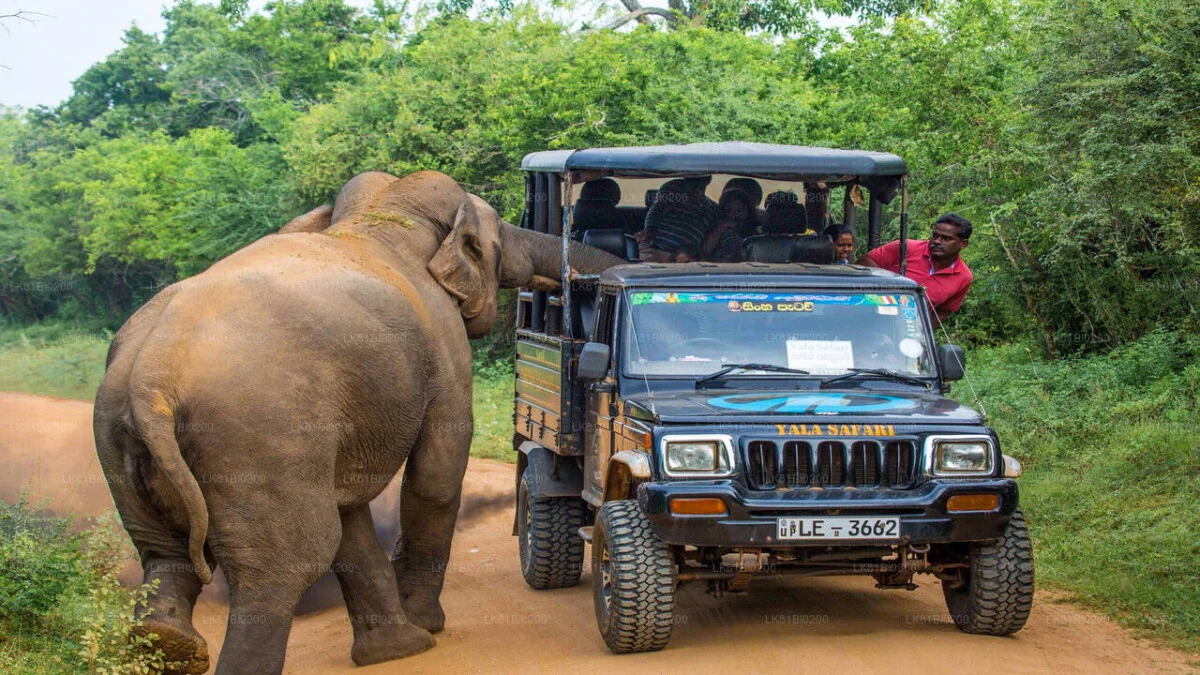
Family-Friendly Activities and Attractions in Sri Lanka
Sri Lanka is an enchanting destination for families, offering a wide range of activities and attractions that cater to all ages. From stunning beaches and wildlife safaris to cultural landmarks and adventure parks, here’s a guide to some of the best family-friendly experiences in Sri Lanka. 1. Beaches and Water Activities 1.1 Bentota Beach Bentota […]

